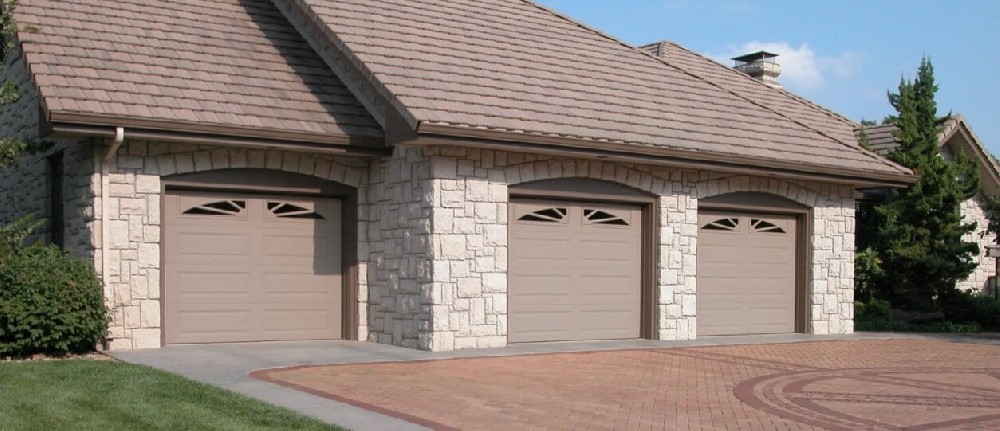Navigation Menu
Contact Us
- Email:
- info@wxavatar.com
- Address:
- Yurong Village, Yuqi Street, Huishan District, Wuxi, China.
Release Date:Mar 10, 2025 Visit:66 Source:Roll Forming Machine Factory
Understanding the components of a garage door is essential for proper maintenance, repair, and operation. A garage door is a complex system made up of several interconnected parts, each playing a crucial role in its functionality. This article breaks down the key parts of a garage door and their functions.
1. Panels
The panels are the largest and most visible parts of a garage door. They are the sections that make up the door's surface and can be made from materials like steel, wood, aluminum, or fiberglass. Panels are hinged together to allow the door to bend as it opens and closes.
2. Tracks
Tracks are the metal guides installed on either side of the garage door. They direct the movement of the door as it opens and closes. The vertical tracks run along the sides of the door, while the horizontal tracks are mounted on the ceiling, guiding the door into the open position.
3. Rollers
Rollers are small wheels attached to the sides of the garage door panels. They move within the tracks, allowing the door to slide smoothly up and down. Rollers can be made of steel or nylon, with nylon being quieter and requiring less maintenance.

4. Springs
Springs are critical for counterbalancing the weight of the garage door, making it easier to open and close. There are two main types:
Torsion Springs: Mounted above the door, these springs twist to generate lifting force.
Extension Springs: Located on either side of the door, these springs stretch and contract to assist in movement.
5. Cables
Cables work in conjunction with the springs to lift and lower the garage door. They are attached to the bottom of the door and run up to the springs, ensuring even distribution of the door's weight.
6. Hinges
Hinges connect the individual panels of the garage door, allowing them to bend as the door moves along the tracks. Heavy-duty hinges are used for larger doors, while standard hinges are sufficient for smaller, lighter doors.
7. Opener
The opener is the motorized device that automates the opening and closing of the garage door. It typically includes a motor, drive mechanism, and remote control. Modern openers often come with additional features like smartphone connectivity and security sensors.
8. Sensors
Safety sensors are installed near the bottom of the garage door tracks. They detect obstructions in the door's path, preventing it from closing on objects or people. This feature is crucial for ensuring the safe operation of the door.
9. Bottom Seal
The bottom seal is a weather-stripping component attached to the bottom panel of the garage door. It prevents water, dirt, and pests from entering the garage, providing an additional layer of insulation and protection.
10. Locks and Handles
Locks and handles are essential for securing the garage door. Manual locks are typically used for doors without an automatic opener, while electronic locks can be integrated with the opener system for added convenience and security.
Conclusion
A garage door is a sophisticated system composed of various parts that work together to ensure smooth and reliable operation. From the panels and tracks to the springs, rollers, and opener, each component plays a vital role in the functionality and safety of the door. By understanding the different parts of a garage door, homeowners can better maintain their doors, troubleshoot issues, and make informed decisions when repairs or replacements are needed. Whether you're dealing with a malfunctioning spring or upgrading to a new opener, knowing the anatomy of your garage door is key to keeping it in optimal condition.